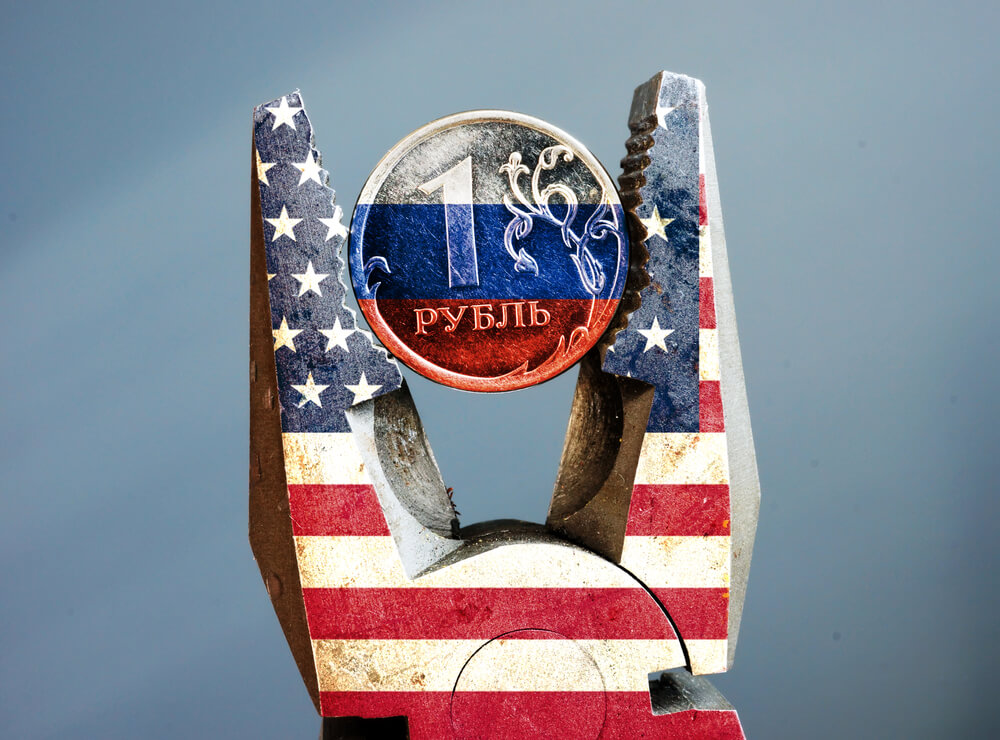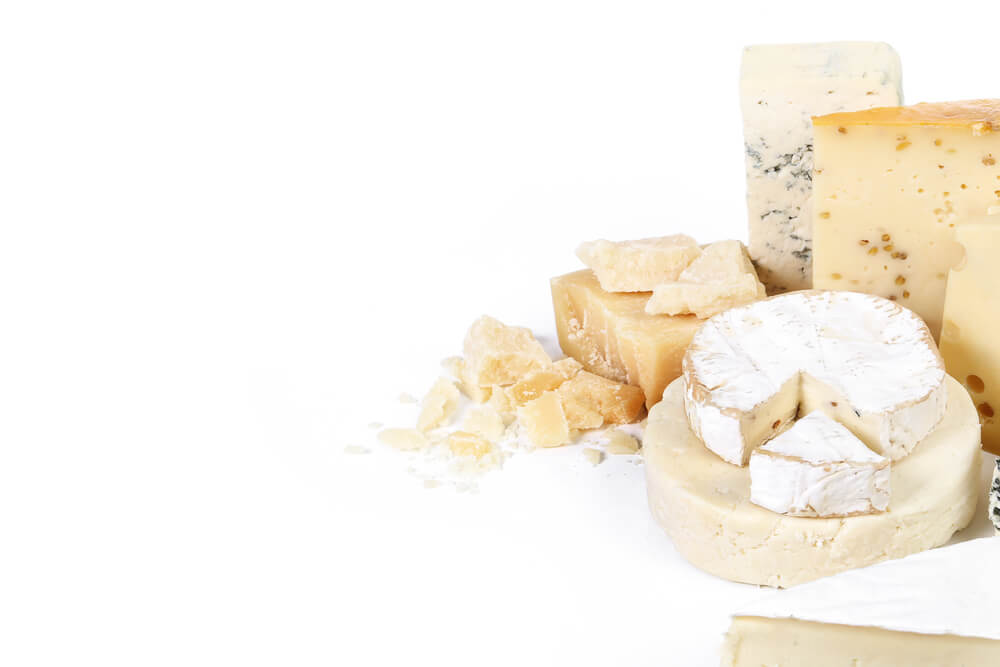Five years of the Kremlin’s retaliatory sanctions against the United States: how prices and assortment in Russian stores changed
Five years have passed since the introduction of the food embargo of Russia against the European Union, USAAustralia, Canada and Norway в response to economic sanctions from their side.

Фото: Depositphotos
BBC Russian Service I took a real receipt from a store in 2014, tried to find the same products on the shelves as five years ago, and compared the final prices.
How did sanctions affect prices?
6 August 2014 year President Vladimir Putin signed a decree on the introduction of counter-sanctions, and on August 7, the Russian government specified a list of specific categories of goods whose import has since been banned: vegetables, fruits, nuts, fish, meat and dairy products.
The measure not only deprived the Russians of imported delicacies like Italian prosciutto and Spanish ham, but also spurred rising food prices and inflation in general. However, inflation was affected even more by a sharp weakening of the ruble in the second half of the 2014 year. In addition, from January 1 of the current year, value added tax was increased from 18% to 20%.
On the subject: Recall all: what sanctions were imposed against Russia for 4 of the year
Since January of that year, salaries and pensions have not been able to catch up with food inflation. Only by the fall of 2018, the growth rate of the average monthly wage plan began to roughly correspond to the increase in food prices: the increase in public sector wages in the year of the presidential election helped. Pensions have clearly not kept pace with the rise in prices all this time (with the exception of January 2017, when pensioners received a lump sum payment of 5 thousand rubles or about $ 76).
The most significant increase in price—about three times—was wild rice и olive oil. Only two positions fell in price: the bag from nonwoven fabric (on 17%) and young garlic (on 28%).
The total amount of the check increased from 4,4 thousand rubles (about $ 67) in 2014 to 8,3 thousand rubles ($ 127) in July 2019.
On the subject: Study: what will be the war between NATO and Russia
Whose parmesan?
Many imported goods from the 2014 check on the shelves of the store have long been absent due to counter-sanctions. But in five years there appeared a wide range of local counterparts.
It is noteworthy that during this time many seem to have forgotten what counter-sanctions are. According to the POF survey, 21% first heard about the ban on importing products from a number of countries, while in November of 2014, there were only 3%.
In the supermarket where we checked the 2014 check of the year, the BBC correspondent found soft and goat cheeses from more than two dozen Russian producers and two Russian divisions of large international companies.
Most popular: traditional for France brie и Camembert from cow's milk and crotten - from goat.

Фото: Depositphotos
Produce them in more than 10 Russian regions. The leaders are the Moscow region (five manufacturers) and the Krasnodar Territory (four); two producers each are located in Belgorod, Voronezh and Tula regions, as well as in Moscow.
Several companies offer hard cheeses and blue mold cheeses, indicating how the countries of origin of the raw materials Chile, Argentina и Brazil.
Also on the shelf were cheeses of various types from Morocco and parmesan from Iran.
If we compare the cost, for example, of French cheese in white mold from cow's milk, purchased in 2014, with the current cost of products with the same name, it turns out that the price of the same amount of Russian cheese is 125% higher, and Moroccan cheese - almost 148%.
The price of a modern Russian analogue of traditional French goat cheese is approximately 2,5 times higher than the price of 2014 of the year.
There are no analogues of Italian hard cheeses or young French goat cheeses.
“Jamon”-2019 from a Moscow region producer is 14% cheaper than the Spanish 2014, but visually bears little resemblance to the original - the thickness of the fat layer of the slices in the sliced packaging, which the correspondent saw, was approximately equal to the thickness of the meat layer.
Read also on ForumDaily:
Russia will assess the losses inflicted by Ukraine to the Crimea after the collapse of the USSR
Tender announced: why did the Pentagon need Russian ammunition
American lobbyists told how they raised the image of Zelensky in the US
Subscribe to ForumDaily on Google NewsDo you want more important and interesting news about life in the USA and immigration to America? — support us donate! Also subscribe to our page Facebook. Select the “Priority in display” option and read us first. Also, don't forget to subscribe to our РєР ° РЅР ° Р »РІ Telegram and Instagram- there is a lot of interesting things there. And join thousands of readers ForumDaily New York — there you will find a lot of interesting and positive information about life in the metropolis.











